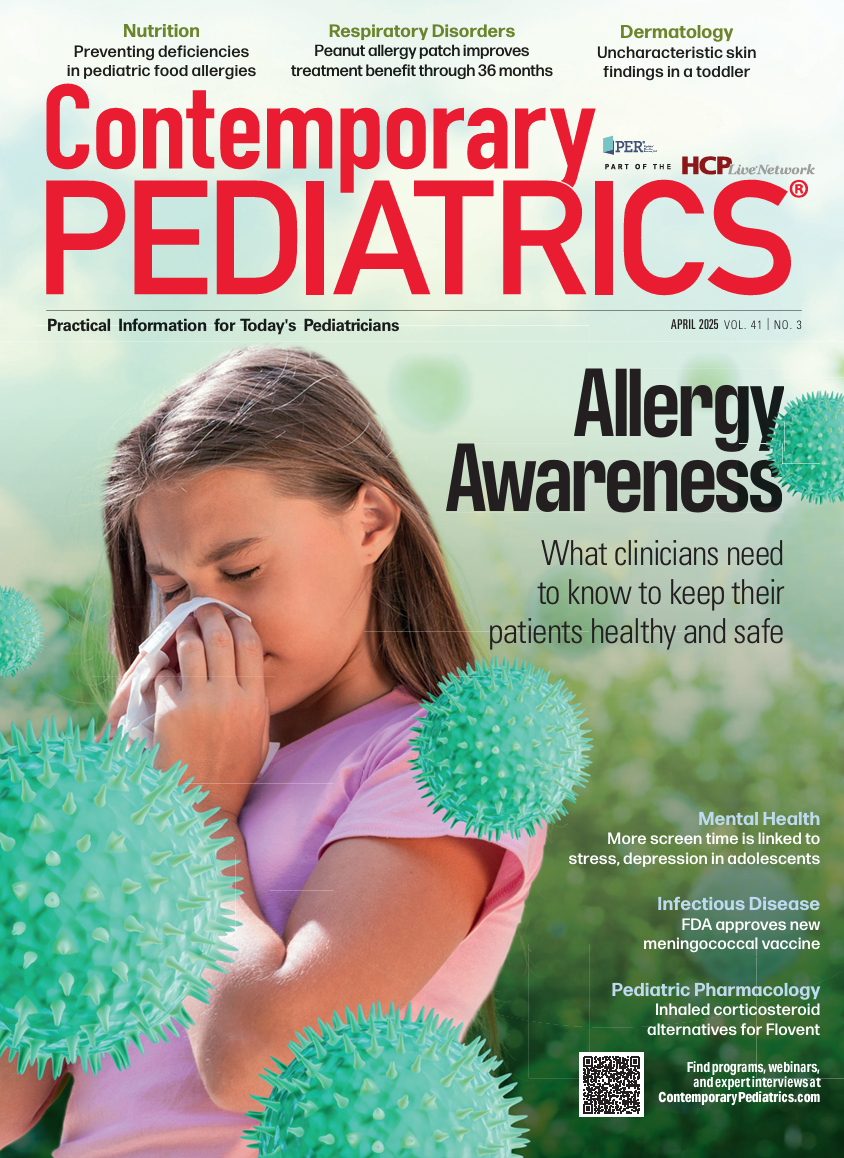More screen time linked to higher stress, depressive symptoms in adolescence
Higher physical activity and lower screen time in childhood were linked to reduced stress and depression in adolescence, according to a Finnish cohort study.
More screen time linked to higher stress, depressive symptoms in adolescence | Image Credit: © CozyDigital - © CozyDigital - stock.adobe.com.

Mental health concerns among adolescents remain a pressing public health issue, with up to 25% to 30% of young individuals experiencing symptoms of depression and stress. A new study published in JAMA Network Open explored the long-term impact of childhood lifestyle behaviors on adolescent mental health. Conducted in Finland as part of the Physical Activity and Nutrition in Children (PANIC) study, the research highlighted the importance of physical activity (PA) and screen time (ST) in shaping mental well-being during adolescence.
Findings revealed that a reduction in ST and an increase in PA in childhood can promote mental health in adolescence.
Background
Adolescence represents a critical period for mental health development, and identifying modifiable risk factors was essential for early intervention. Previous research had linked lifestyle behaviors—such as physical activity, sedentary time, sleep, and diet quality—to mental health outcomes, according to the current study authors.
"However, most previous studies have focused on different lifestyle behaviors in isolation, and prospective studies on the associations of multiple lifestyle behaviors from childhood with mental health symptoms in adolescence are lacking," wrote the study investigators, led by Eero A. Haapala, PhD.
"We investigated the associations of long-term exposure to a range of lifestyle behaviors, including PA, SB, sleep, and diet quality, from childhood to adolescence over 8 years with mental health in adolescence," wrote the investigative team.
Study Details and Results
The study followed 187 adolescents (mean age: 15.8 years) who had participated in the PANIC study from childhood. Researchers collected self-reported and device-assessed data on PA, ST, sleep duration, and diet quality at baseline, 2-year follow-up, and 8-year follow-up periods.
Perceived stress was measured using the Finnish version of the Cohen Perceived Stress Scale, while depressive symptoms were assessed via the Beck Depression Inventory.
Key findings demonstrated a significant association between PA and mental health outcomes. Perceived stress scores ranged from 2 to 33, while depressive symptom scores ranged from 0 to 31.
Related: Mental health treatment challenges in primary care
Higher levels of self-reported total PA and supervised exercise correlated with lower perceived stress (standardized regression coefficient [β] = −0.15; 95% CI, −0.31 to −0.01) and depressive symptoms (β = −0.17; 95% CI, −0.31 to −0.02).
In contrast, results indicated that increased ST, particularly on mobile device use, was linked to higher perceived stress (β = 0.28; 95% CI, 0.16 to 0.41) and depressive symptoms (β = 0.33; 95% CI, 0.19 to 0.46).
"These findings underscored the significance of reducing screen time and increasing physical activity to promote mental health in youth," stated the authors of the study.
Diet quality and sleep duration did not exhibit significant associations with stress or depressive symptoms, suggesting that PA and ST might have played a more dominant role in the observed adolescent mental health outcomes.
Conclusion
The study’s results highlighted the need for public health initiatives aimed at promoting physical activity and reducing screen time among children to support mental health in adolescence.
Further research is warranted, stated the study authors, to explore the mechanisms linking PA and ST to mental health and to assess the effectiveness of interventions that encouraged these behaviors. As pediatric healthcare providers continue to address adolescent mental health challenges, emphasizing the importance of balanced lifestyle habits should remain a key component of clinical discussions and public health strategies.
Reference:
Haapala EA, Leppänen MH, Kosola S, et al. Childhood Lifestyle Behaviors and Mental Health Symptoms in Adolescence. JAMA Netw Open. 2025;8(2):e2460012. doi:10.1001/jamanetworkopen.2024.60012
